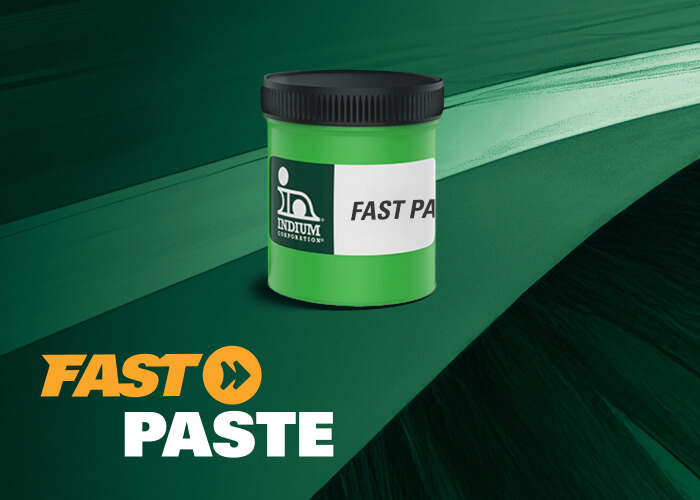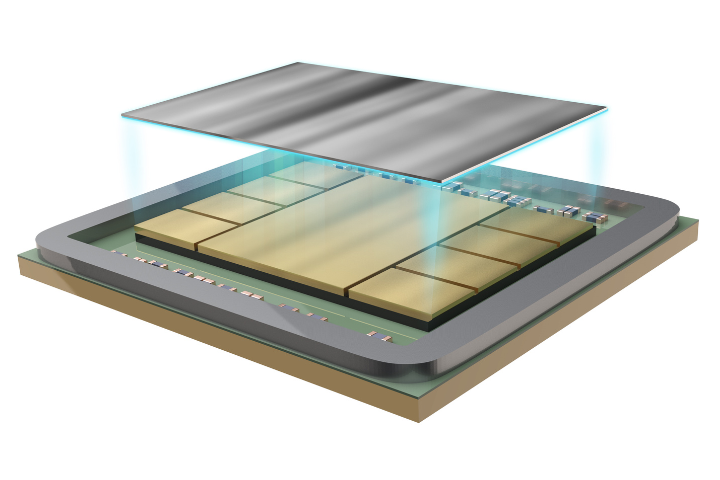Folks,
There is a lot of interest in cleaning PCBs that have been assembled with no-clean solder pastes.
Recently I discussed the topic with my good friend Mike Bixenman of Kyzen.
Dr. Ron (DR)
Mike, many of the best performing lead-free and lead containing solder pastes today are no-cleans. They have been designed to solve assembly problems like graping and the head-in-pillow defect. For the vast majority of applications, the small amount of residue left by a no-clean is not a problem. However, some assemblers want the performance of no-cleans, but need to clean the no-clean residue as they have extreme reliability or cosmetic requirements. Are there cleaning solutions for these situations?
Mike Bixenman (MB)
Absolutely!
DR
Can you tell use a little bit about these cleaning solutions?
MB
Several factors come into consideration when engineering electronics assembly cleaning agents. Design factors include the soil make-up, heat exposure, Z-axis clearance under bottom termination components, material compatibility, and cleaning equipment. Typical process goals require that all flux be removed in one cleaning cycle, shiny solder joints (no chemical attack to the alloy), fast production speed, no material effect to labels and other materials of construction, long chemistry bath life, and low operating concentrations.
Cleaning solutions vary depending on the cleaning equipment. For solvent systems, a solvent cleaning agent is needed – with properties that allow for non-flammability, constant boiling mixture, and being environmentally-friendly to workers and the environment. For solvent cleaning agents that are rinsed with water, the cleaning agent requires a solvent mixture that can be rinsed with water while matching up to the soil and cleaning equipment. For aqueous cleaning agents, the cleaning agent is engineered with properties that provide solvency for the soil, polarity for inducing a dipole and/ or to oxidize and reduce the soil, low surface tension to reduce the wetting angle, buffers to stabilize pH, defoaming to reduce the tendency to foam at high pressures, and inhibitors to widen the passivation range on metallic alloys.
The property most critical is the nature of the soil. As soldering temperatures rise and the time exposed to higher temperatures increase, solder paste material supplies must improve the oxygen barrier and prevent flux burn out. This requires higher molecular weight compositions that may change the nature of the soil and the cleaning solution needed to remove the soil. Other factors such as processing conditions and how these conditions can change the soil’s cleaning properties must be considered. For example, excessive exposure to heat may polymerize the flux residue rending the soil uncleanable. To better understand and plan for these factors, solubility testing and matching the cleaning agent to the soil assist formulators in designing cleaning agents that are effective on a wide range of soldering material residues.
DR
What type of equipment is typically needed?
MB
Two key factors must be matched to clean:
1: Potential energy of the cleaning agent for the soil and
2: Kinetic energy of cleaning machine for delivering the cleaning agent to the soil necessary to create a flow channel needed to rapidly displace the soil.
The cleaning machine requires energy to deliver the cleaning fluid across a distance and create enough force to deflect fluids under the Z-Axis. The capillary attraction for moving the cleaning fluid into an out of tight gaps is created by fluid flow, spray impingement pressure and surface tension effects. When cleaning under tight standoffs, cleaning agents that wet (form small droplets) improves capillary action, penetration and wetting of the residue. The solubility rate is dependent on the soil, temperature effects and concentration of the cleaning agent needed to dissolve the soil. Hard soils clean at a slower rate and remove the soil in a concentric (tunneling effect) manner. Soft soils clean at a fast rate and remove the soil in a channeling (multiple tunnels) effect.
The Z-Axis gap height has a direct correlation to the energy required to penetrate and remove the soil under components, time required to clean the soil and wash temperature. The irony is that lower Z-axis gaps increase capillary action of the flux for underfilling the bottom side of the component. When this occurs, flux residue dams up and closes any flow channels under the component. Research findings indicate that high pressure coherent spray jets are needed since energy drop is less and defective energy is higher. The wash time needed to clean under a 1-2 mil gap as compared to a 4-6 mil gap can range from 4-8 times longer. Higher wash temperatures increase the softening effect and aid in penetrating and removing the soil. The net effect is that, as components decrease in size, the Z-Axis gap height reduces and the cleaning factors needed to clean the soil increase. These effects favor spray-in-air cleaning equipment over immersion cleaning equipment.
DR
How are the results of cleaning assessed, so that we know that the boards are truly clean?
MB
The first level that we judge cleaning performance by is the visual presence of the residue post cleaning. Most cleaning processes have no problem with removing surface residue from the assembly. The issue is the residue under the bottom side of the component. This complicates the issue since the residue under a specific component is where most failures occur. These site-specific failures may reduce the confidence in existing IPC standards that correlate anion and cation ionic residues over the entire board surface area. So, when designing the cleaning process, we use test cards with bottom termination components and judge cleaning performance by the level of flux residue remaining under those components. To achieve this value, all components are removed and the surface area of the residue under components is graded and statistically analyzed.
Let me finish by adding that highly dense interconnects assembled onto circuit boards is advancing at a rapid pace. Traditional SMT component spacing between conductors was larger. No-clean post soldering residues posed minimal risks to reliability. The information age has spoiled us in expecting higher functionality in smaller spaces. As assembles reduce in size and increase the levels of functionality, cleaning becomes more important. I hope that the cleaning factors discussed in this interview provide insight into cleaning process design considerations that may be of help.
DR
Mike, thanks. Who should folks contact if they would like more information on cleaning boards assembled with no-clean solder pastes.
MB
Thanks for letting me share with your readers. I would be glad to help anyone with the cleaning challenges they face. Contact me at [email protected].
Cheers,
Dr. Ron



